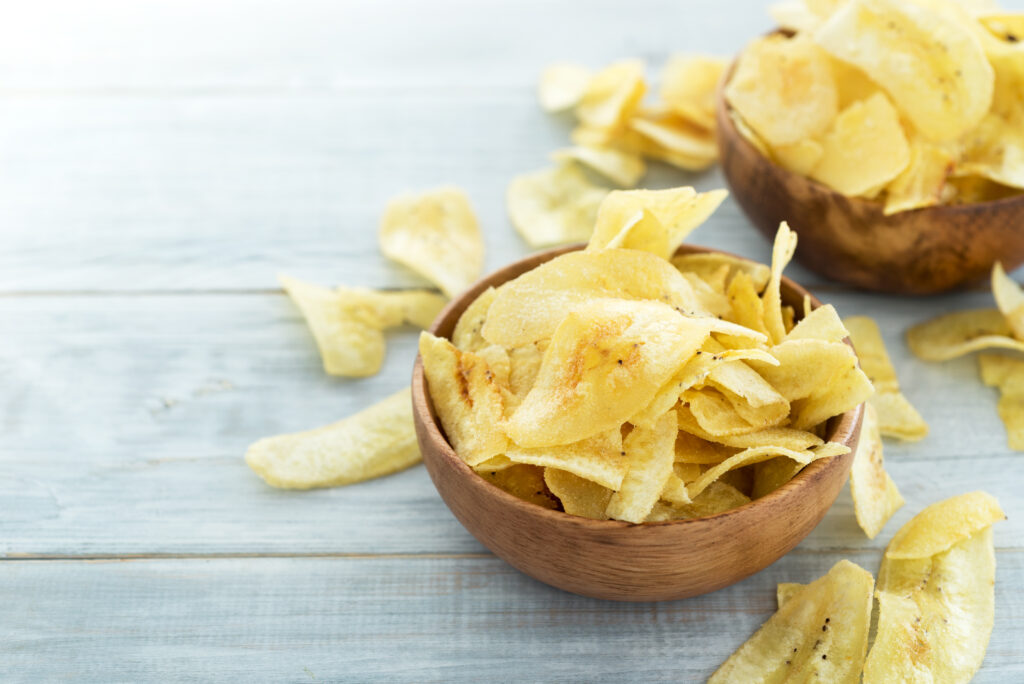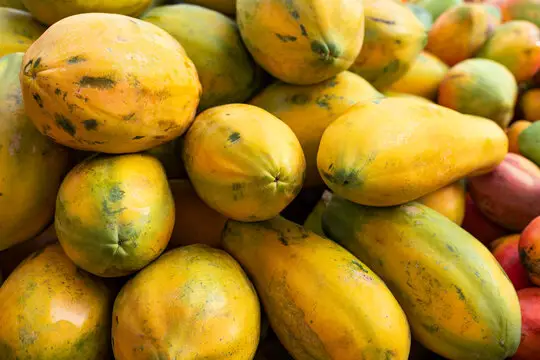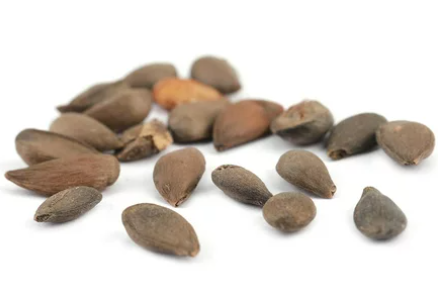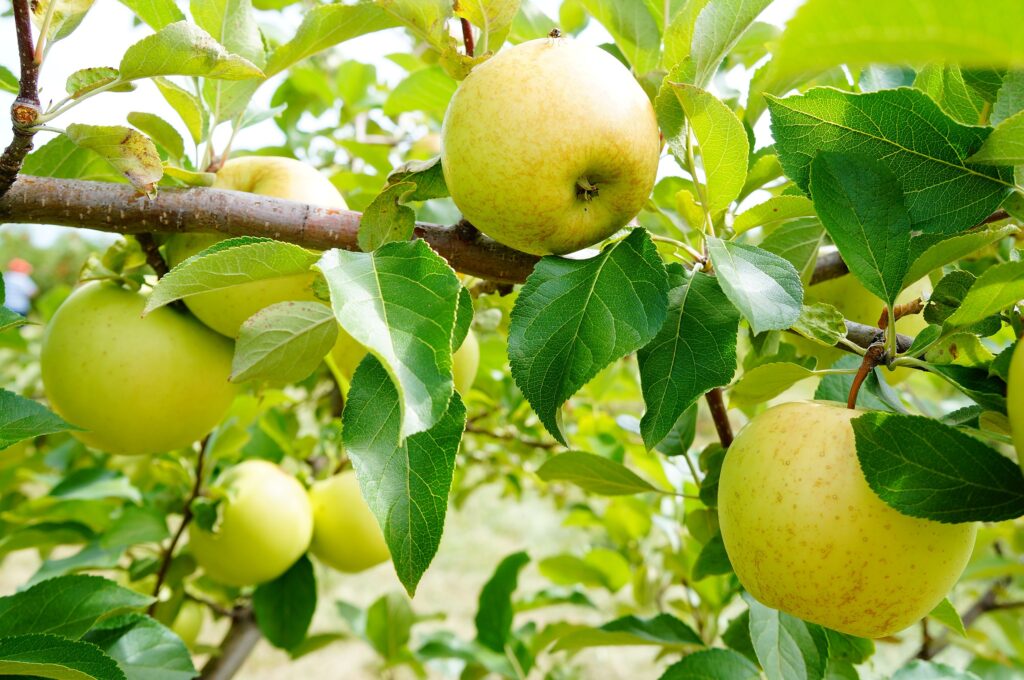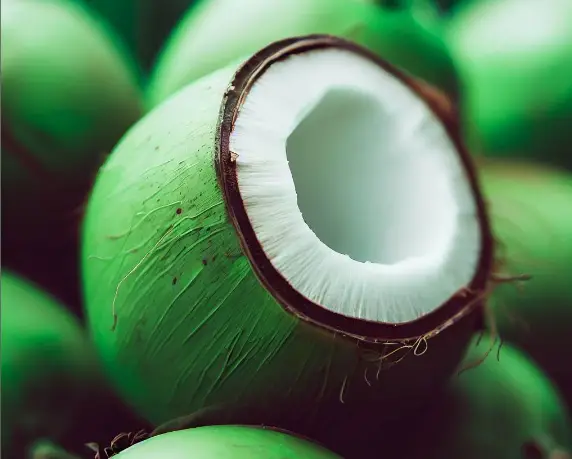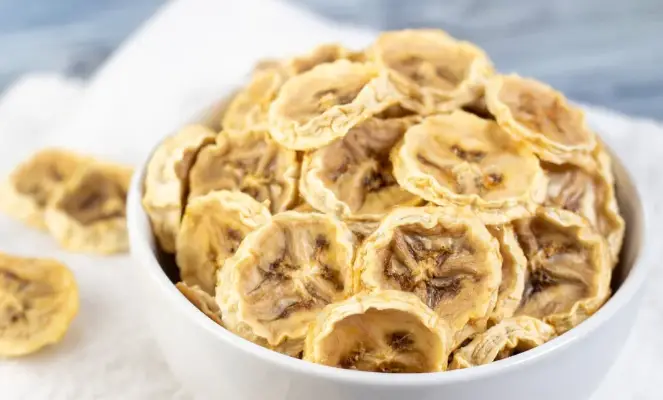Fuji apples are incredibly popular apples, distinguished by their sweet flavor and crunchy texture. They are perfect for eating raw, but many bakers wonder if they are also a good option for baking recipes. With the right considerations, Fuji apples can be an excellent ingredient for all kinds of baked goods.
When it comes to baking, the qualities that make a good apple can be different than an apple meant for eating raw. Factors like a firm texture, high acidity and ability to hold shape become more important. Though Fuji apples are not necessarily the first choice for baking, they can produce delicious results in many instances. Read on to learn everything you need to know about using Fuji apples for baking.
Table of Contents
- An Overview of Fuji Apples
- Factors that Make Apples Good for Baking
- 1. Firm Texture
- 2. High Acidity
- 3. Ability to Maintain Shape
- 4. Complement Other Ingredients
- How Fuji Apples Perform in Baked Goods
- 1. Pies
- 2. Muffins and Quick Breads
- 3. Applesauce
- 4. Cookies
- 5. Fruit Desserts
- 6. Bread and Pastry Fillings
- Tips for Successfully Baking with Fuji Apples
- Fuji Apples Are a Unique Baking Ingredient
- Perfecting Your Baking Technique with Fuji Apples
- Pick the Right Fujis
- Prep Fuji Apples for Baking
- Use Binders and Thickeners
- Adjust Baking Times and Temps
- Enhance Fuji Flavor
- FAQs
- What’s the best Fuji apple baking recipe for beginners?
- Do you need to peel Fuji apples for baking?
- Should I mix Fuji with other apple varieties when baking?
- Why are my Fuji apple muffins gummy instead of tender?
- Can I use Fuji applesauce as a substitute in baking?
- Should I use fresh or frozen Fuji apples for baking?
- What desserts highlight Fuji apples the best?
- Wrapping Up
An Overview of Fuji Apples
Fuji apples originated in Japan and were introduced to the United States in the 1980s. They are a cross between two classic apple varieties – Red Delicious and Ralls Genet. The resulting apple took the best qualities from each parent. Fujis inherited the sweetness of Red Delicious along with the firm flesh of Ralls Genet.
Compared to other popular baking apples like Granny Smith, Fuji apples are distinguished by their softer flesh and low acidity. They have a very sweet, almost candy-like flavor that makes them ideal for eating raw. Their skin ranges from yellow to pinkish red in color.
When baked, Fuji apples tend to break down more readily than firmer varieties. The low acidity also means their flavor profile is less tart. However, skilled bakers can utilize techniques to account for these qualities and successfully bake with Fuji apples.
Factors that Make Apples Good for Baking
To understand how Fuji apples perform in baked goods, it helps to examine what qualities typically make an apple good for baking. The attributes that matter most are:
1. Firm Texture
Apples with dense flesh that holds its shape are best for baking. Soft apples turn mealy or mushy when cooked. Firm apples like Granny Smith will maintain their structure in the oven. Fujis are moderately firm but not as crisp as some other varieties.
2. High Acidity
Acidity balances out the sweetness of baked goods. Apples with tart flavor cut through the buttery richness of dishes like pie. Braeburn, Honeycrisp and Pink Lady apples are examples of tart baking varieties. Fuji apples are prized for their sweetness, not tartness.
3. Ability to Maintain Shape
When cooked, apples release pectin which acts as a gelling agent to thicken fillings. Apples that keep their shape yield fillings that nicely set up instead of getting runny.
4. Complement Other Ingredients
Baking apples taste great on their own but also blend well with common baking ingredients like cinnamon, brown sugar, vanilla, and nutmeg. The right apple variety enhances the other flavors.
With these qualities in mind, how do Fuji apples measure up? Let’s take a closer look.
How Fuji Apples Perform in Baked Goods
Though they lack some attributes of a classic baking apple, Fuji apples can produce delicious results when used properly. Their sweet flavor and tendency to break down mean they won’t work the same as firmer, tarter apples in every recipe. However, there are many ways they can shine in baked goods:
1. Pies
Fuji apples are not always the first choice for apple pie, but they can work well when combined with a firmer variety. Use Fujis for half the filling while Granny Smith or Honeycrisp apples provide structure. The Fujis introduce sweet apple flavor while the firmer apples will maintain the texture.
For a single variety Fuji pie, add an extra tablespoon of cornstarch to the filling to counteract mushiness. Bake the pie for 10-15 minutes longer to evaporate excess moisture. The result is a softer set filling with incredibly delicious apple flavor.
2. Muffins and Quick Breads
The soft texture of Fuji apples makes them a perfect addition to muffin and quick bread batters. Unlike in a pie filling, the apples in these baked goods fully break down into the crumb. They provide moisture that keeps muffins tender and delivers a big apple taste.
3. Applesauce
Fuji apples are perhaps best of all suited to making homemade applesauce. Their lack of tartness means you can skip adding lemon juice or other acid. The Fujis will cook down into a sweet, apple-y sauce without extra flavoring needed.
4. Cookies
Chopped Fuji apples work wonderfully in cookie recipes like apple spice cookies. The chunks soften during baking, creating a soft apple texture throughout the cookies. Fujis will make cookies more moist and tender.
5. Fruit Desserts
For baked fruit desserts like crisps and crumbles, consider pairing Fuji apples with a firm variety like Honeycrisp. The combination provides the best tastes and textures. Or, increase the thickener slightly to account for excess moisture from the Fujis.
6. Bread and Pastry Fillings
Fuji apples shine when used as a filling for danishes, turnovers and other baked pastry doughs. Their pronounced apple flavor comes through beautifully. Add a dusting of cinnamon sugar before baking for an extra pop of sweetness.
Tips for Successfully Baking with Fuji Apples
With smart techniques, bakers can absolutely create fantastic baked goods with Fuji apples. Here are the best tips for using them successfully:
- Mix with firmer apples like Honeycrisp or Granny Smith to improve texture.
- Increase thickener like flour or cornstarch slightly to account for excess moisture.
- Bake items like pies and crisps longer to evaporate liquid and concentrate flavor.
- Embrace their softness for muffins, breads and cookies where a tender crumb is desired.
- Roast or sauté Fuji apples before adding to batter to intensify flavor.
- Add acidic ingredients like lemon juice to provide needed tartness.
- Dust with cinnamon sugar before baking to complement natural sweetness.
- Purchase firm, just-ripe Fujis. Overripe apples will break down more.
- Store properly to prevent apples from becoming mealy before baking.
Fuji Apples Are a Unique Baking Ingredient
Fuji apples may not be the first apple that comes to mind when baking. However, their super sweet flavor and soft flesh make them an interesting alternative to traditional firm baking varieties. With smart techniques to compensate for excess moisture, Fuji apples can be successfully incorporated into all kinds of delicious baked goods. Their unique qualities make them a fun ingredient for bakers to experiment with.
Perfecting Your Baking Technique with Fuji Apples
Now that you know Fuji apples can make tasty baked treats, it’s time to master baking techniques that play to their strengths. With the right approach, you can create amazing Fuji apple dishes your whole family will love. Follow these tips and tricks for getting the most delicious results when working with Fuji apples:
Pick the Right Fujis
Not all Fuji apples are equally suited to baking. For the best results:
- Choose small to medium sized apples, which typically have a higher flesh-to-core ratio.
- Look for firm apples without bruises or soft spots. Overly ripe Fujis will fall apart when baked.
- Buy Fujis in season from early fall through winter for peak flavor and texture.
- Store properly in the fridge to prevent them from becoming mealy before you bake.
Prep Fuji Apples for Baking
Proper prep is key to having Fuji apples hold their shape:
- Leave peels on for baking. The skin helps hold apples together.
- Cut uniform-sized pieces so apples cook evenly. Good sizes are 1/2 inch cubes or 1/4 inch slices.
- Toss cut apples with lemon juice to prevent browning and enhance tartness.
- Avoid overcrowding pans. Give apples breathing room to achieve the best texture.
Use Binders and Thickeners
To prevent excess moisture, add substances that will gel or absorb liquid released from Fuji apples as they cook:
- Flour, tapioca flour, or cornstarch all help bind moisture in dishes like pies, crisps, and cobblers.
- Oats or nuts on crumble toppings will absorb moisture for a crisper texture.
- Leave skins on apples or add an extra egg to muffin batter to avoid density.
- When making applesauce, don’t add extra liquid. The Fuji apples will create plenty of sauce on their own.
Adjust Baking Times and Temps
Since Fuji apples break down readily when heated, adjusting bake times helps concentrate their flavor:
- Bake pies, tarts, crisps and other apple desserts 15-20 minutes longer than the recipe states.
- Bake at a slightly lower temperature, around 325°F – 350°F, to allow moisture to evaporate slowly.
- For items like muffins and cakes, check early to avoid overbaking. The added moisture from Fuji apples means they bake faster.
Enhance Fuji Flavor
To complement the mild sweetness of Fujis, add flavor agents that highlight and intensify their taste:
- Cinnamon, nutmeg, ginger, and vanilla all pair wonderfully with Fuji apples.
- If you miss the tartness of other apple varieties, add lemon juice or zest to the filling.
- In cakes and muffins, mix in sweet spices like cardamom, allspice or cloves.
- Toss sliced Fuji apples in brown sugar before baking for delicious caramelized flavor.
FAQs
What’s the best Fuji apple baking recipe for beginners?
Easy muffins, coffee cakes or apple crisps are great intro Fuji apple bakes. Muffin batters readily absorb excess moisture. Topped fruit desserts don’t require much apple prep.
Do you need to peel Fuji apples for baking?
Peels help hold Fuji apples together during baking. Leave peels on when using Fujis. The exception is for very smooth sauces or purees, where peeling makes for the silkiest texture.
Should I mix Fuji with other apple varieties when baking?
Combining with dense varieties like Granny Smith is ideal for achieving better texture in recipes like pies or cakes. Fujis provide moisture and flavor, while firm apples offer structure.
Why are my Fuji apple muffins gummy instead of tender?
Excess moisture from the apples is the likely culprit. Try tossing cut Fuji apples in flour to help absorb liquid before mixing into the batter. Also bake Fuji apple muffins 1-2 minutes longer.
Can I use Fuji applesauce as a substitute in baking?
Absolutely! Unsweetened Fuji applesauce is an excellent substitute for oil, butter or eggs in baking recipes. The applesauce keeps baked goods moist and adds sweet apple flavor. Reduce oven temperature 25°F to prevent over-browning.
Should I use fresh or frozen Fuji apples for baking?
Fresh Fujis will typically yield the best results in baking. Freezing can damage their tender flesh. However, if using frozen, thaw first and drain liquid before adding to a recipe.
What desserts highlight Fuji apples the best?
Fuji apple pies, turnovers, crumbles and crisps are sure to please any crowd. Their soft texture also makes them perfect for incorporating into quick breads, muffins and cakes.
Wrapping Up
The sweet, delicate nature of Fuji apples requires some special considerations when baking. However, with the proper techniques, they can be a delicious ingredient in all kinds of baked treats. The best way to get comfortable using Fujis is to experiment in your own kitchen.
Begin by sampling different Fuji apple dishes to discover your favorites. Classic Americana desserts like apple pie, buckle and pandowdy all shine when made with Fuji apples. Or, branch out and try incorporating Fuji apples into Asian pear tarts, British apple sponge puddings or French apple charlottes.
Once you’ve found favorite Fuji apple recipes, practice the methods for achieving the best textures and flavors. Take detailed notes on aspects like dough ingredients, cooking times and seasoning so you can replicate successes. Pay attention to the visual and tactile signs that a Fuji apple dish is properly baked through.
Part of the fun is making mistakes occasionally on your journey to Fuji apple baking mastery. Troubleshoot issues like soggy textures or bland flavors to improve each time. With repetition, you will learn how to perfectly tailor baking times, seasoning and mix-ins to complement the natural qualities of Fuji apples.
The more you bake with Fuji apples, the more adept you will become at producing phenomenal baked goods with this unique apple variety. In time, you will have perfected an arsenal of tasty Fuji apple treats to make on repeat for your family. Once you have mastered baking with Fuji apples, experiment with devising your own signature recipes to share with others. Showcase the delicious ways this versatile apple can shine in your favorite baked treats.
![Can Chickens Eat Blueberries? [Yes or No]](https://fruitonix.com/wp-content/uploads/2023/06/Screenshot-2023-06-22-7.25.29-PM.png)
